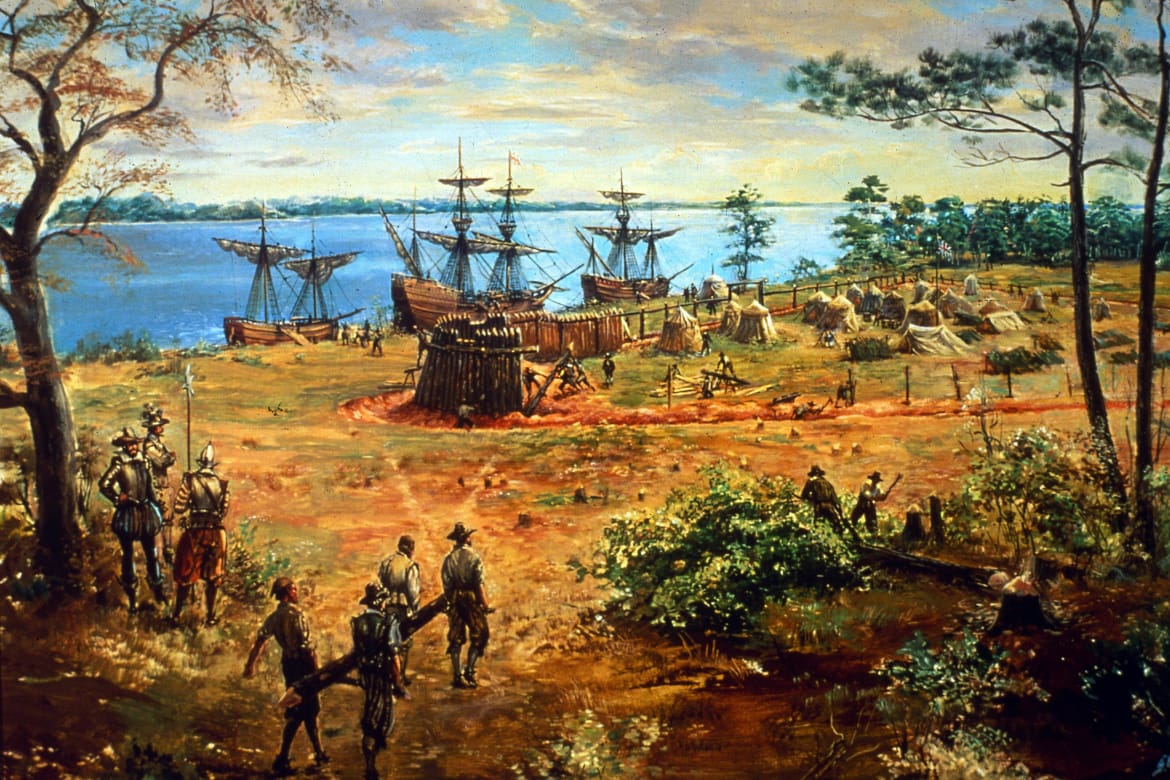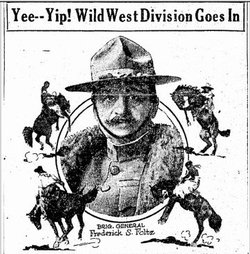Historian James Horn, a frequent contributor to American Heritage, is president of the Jamestown Rediscovery Foundation. Portions of this essay appeared in his recent book, 1619: Jamestown and the Forging of American Democracy (Basic Books).

Historian James Horn, a frequent contributor to American Heritage, is president of the Jamestown Rediscovery Foundation. Portions of this essay appeared in his recent book, 1619: Jamestown and the Forging of American Democracy (Basic Books).

Jeffrey Rosen is a historian, law professor, and President and CEO of the National Constitution Center in Philadelphia. His most recent book is William Howard Taft (Times Books), from which this essay is adapted. –The Editors

In the predawn darkness of January 22, 1944, an amphibious force of 36,000 members of VI Corps, a joint U.S.-British command, and a part of Lt. Gen. Mark Clark’s combined U.S.-British Fifth army, was heading toward the German-held beach towns of Anzio and Nettuno, on the eastern coast of Italy, just 40 miles south of Rome.
The Germans weren’t expecting such an audacious operation. Since the previous October, German Field Marshal Albert Kesselring’s Army Group C had kept the Allies from advancing up the Italian peninsula by bottling up both Clark’s Fifth and Lt. Gen. Oliver Leese’s British Eighth Army below the Gustav Line, a formidable defensive line that ran the width of Italy and was anchored at Monte Cassino, 100 miles from Rome.

After the telephone was developed in the mid-1870s, and radio at the turn of the century, it was natural to seek ways to combine the two, merging radio’s mobility with the telephone’s person-to-person capability and extensive network. Ship-to-shore radiotelephones were available as early as 1919, and the next decade saw the arrival of two-way radios for police cars, ambulances, and fireboats. These public-safety radios were mobile, but they were limited by the range (usually small) of the transmitter, and they connected only with fellow users, not with every telephone subscriber. Also, like all radio equipment of the day, they were big and clunky; Dick Tracy’s two-way wrist radio existed only in the funny pages.

Few Americans know that January 9 is a national holiday in Panama, and even fewer know why. Today is Martyrs’ Day—commemorating an outbreak of violence between Panama and the United States in 1964. The confrontation left four Americans and twenty-two Panamanians dead, and it deeply strained U.S.-Panama relations. It marked the beginning of a process that would induce the United States to relinquish its rights to the Panama Canal in the decade that followed. And “it all began,” as LIFE magazine reported, “because there was one vacant flagpole at Balboa High School.”
Bruce Watson, a Contributing Editor of American Heritage, writes blogs for our website and his own at TheAttic.space.

The drums of war were sounding when, in March 1917, Jeannette Rankin arrived in Washington DC. As the first woman to serve in Congress, she was ready to fight for women’s suffrage, against child labor, and for families nationwide. But war intervened -- twice.

Edward Lengel is a Contributing Editor of American Heritage, the author of eleven books, and the former historian of the White House Historical Society. His blogs can be found at EdwardLengel.com.